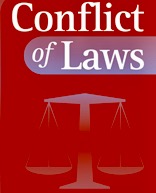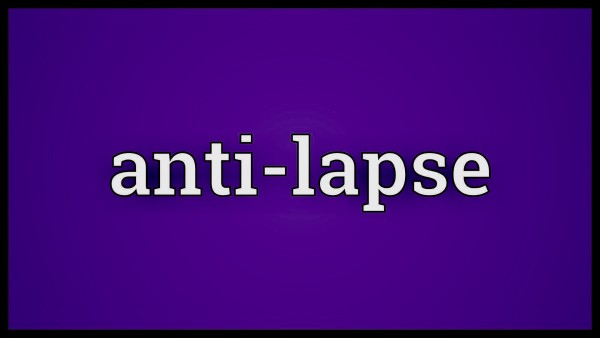An important aspect of challenging the validity of a will due to lack of testamentary capacity is to look for suspicious circumstances which if found have the effect of shifting the onus of proof from a presumption of mental capacity to the propounder of the will having to prove mental capacity.
In addition to testamentary capacity, the propounder of a will must establish “that the testator knew and approved of the contents thereof.” With regard to this requirement, the Supreme Court of Canada in Lidstone v McWilliams ( 1931) 3 DLR 455 SCC, noted at p. 456-7:
When it has been established that a will has been duly executed by a testator having testamentary capacity, and also established that it was read by, or read over to, the testator before execution, there arises ordinarily, in the absence of suspicious circumstances, a strong presumption that he knew and approved of its contents, but there is no inflexible rule on the subject. If, however, there are circumstances which arouse the suspicions of the Court — as, for example, if the will was prepared by a person who takes a benefit under it – the party propounding the will must remove the suspicion by proving that the testator knew and approved of the contents of the document, and it is only when this has been done that the onus of proving fraud or undue influence is thrown on the opponents of the will.
Mr. Justice Lambert referred to that passage and explained the meaning of the term “suspicious circumstances” in Clark v. Nash (1989), 61 D.L.R. (4th) 409 at 425 (B.C.C.A.):
It is important to recognize that the “suspicious circumstances” referred to in that passage, and in other authorities, are not circumstances that create a general miasma of suspicion that something unsavory may have occurred, but rather circumstances which create a specific and focused suspicion that the testator may not have known and approved of the contents of the will.
The doctrine of suspicious circumstances may arise in circumstances in which the background concerning the making of the will gives rise or should give rise to some suspicion. The doctrine is intended to ensure that there is no doubt that the making of the will was the free and voluntary act of the testator. In dealing with the will, the Supreme Court of Canada in Vout v. Hay 1995 125 D.L.R. (4th) stated that when dealing with the doctrine of suspicious circumstances and the onus of proof, the party alleging undue influence must prove it, and the question becomes which is more persuasive: the evidence calling into question the validity of the will (the suspicious circumstances) or the evidence supporting it.
It is crucial that a will practitioner look for and identify factors which might appear to be suspicious and to ensure that there is ample evidence to override those circumstances as having had an effect on the testator, prior to the execution of the will. Again there should be a detailed record made of the practitioner’s observations, and the notes preserved.
A short list of the innumerable circumstances in which might be suspicious is as follows:
(a) where a gift is made to a person with whom the testator had a close relationship but which was not known or recognized by the testator’s family;
(b) where a gift is made to a person who is in a position to influence the testator, such as a care-giver, or the worst example, the party preparing the will;
(c) where an apparently unwarranted, undeserving, or unpopular gift is made to a beneficiary who, in the minds of the those left behind, should not receive the gift;
(d) where a gift is made to a beneficiary to whom the testator has had no close relationship, such as a charity;
(e) where the division of assets among the children of the testator is substantially unequal, or a certain child or children are harshly treated;
(f) where the will substantially deviates from previous wills;
(g) where a gift is made to a person standing in a fiduciary relationship;
(h) where the beneficiary accompanies the testator on each trip to your office during the process to complete the will;
(i) where you receive the testator’s instructions from someone other than the testator;
(j) Where there has been a recent serious illness or hospitalization;
(k) where there is any question at all about testamentary capacity;
(l) where there are indications of substantial medications that are potentially mind altering, being used;
(m) where there is a hasty or unwise marriage or common-law relationship;
(n) where there is evidence of depression;
(o) where there is a language/cultural disability or illiteracy;
(p) if you have been asked to prepare a will for someone by which you are to inherit, then you should ensure that the testator receives independent legal advice, and preferably take no part whatsoever in the preparation of the will.
In circumstances where the testator has a will and substantial changes are being made, it would be prudent to enquire of the testator as to the provisions of the previous will and the reasons for the changes.
Similarly if a child or children are being disinherited, you should consider preparing a detailed memorandum pursuant to the provisions of the Wills Variation Act ( now S 60 WESA) and enclosing a copy of that signed memorandum with the original will. You should try and insure the accuracy of the information, so that the testator is not subsequently viewed by the court as being vindictive, as opposed to objective.










